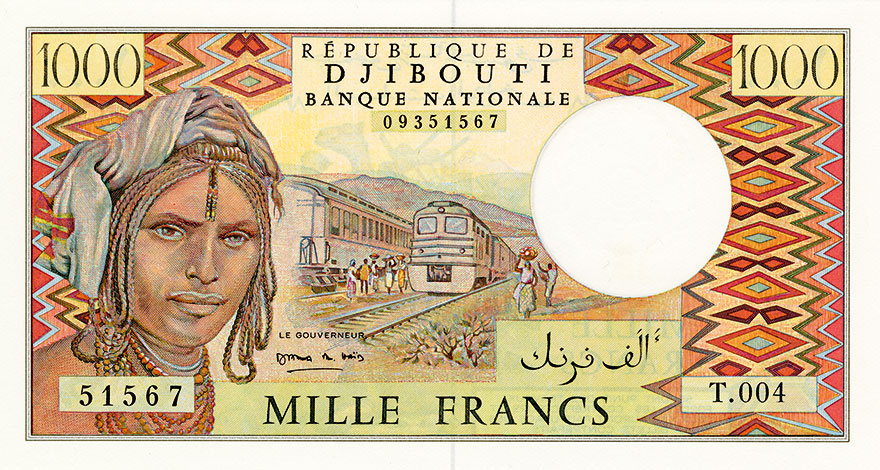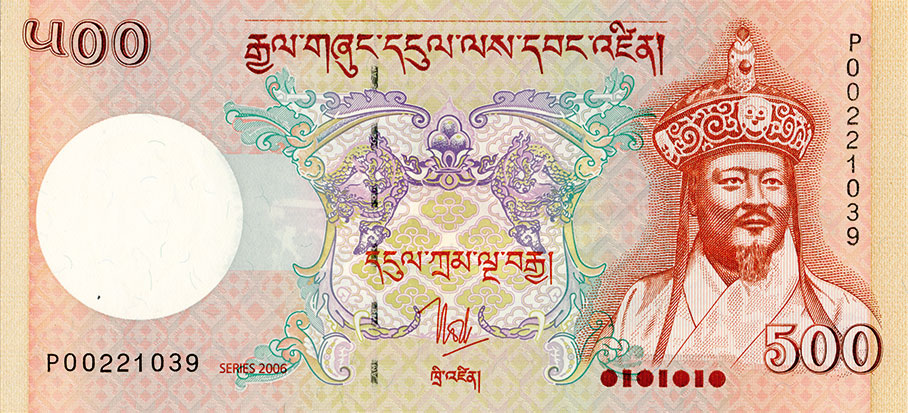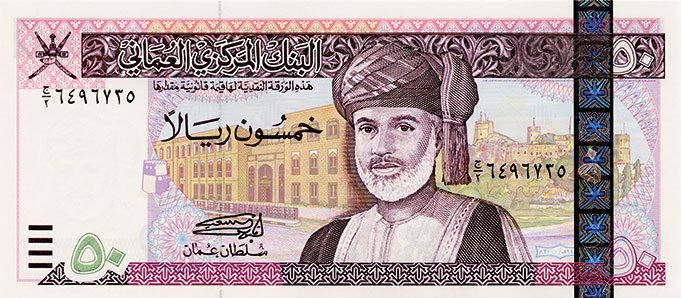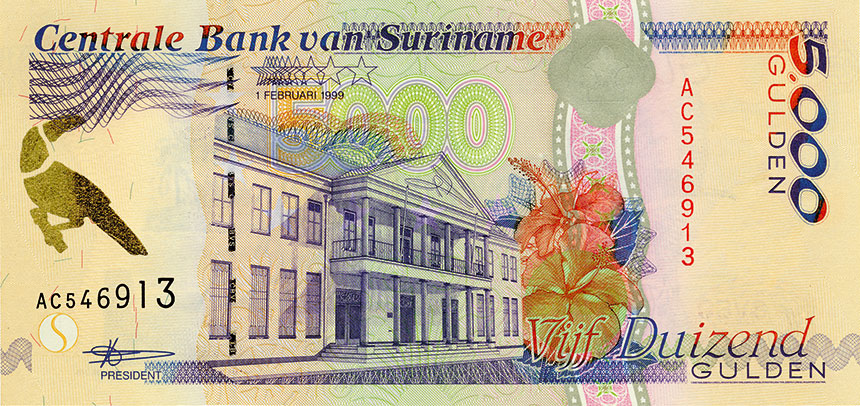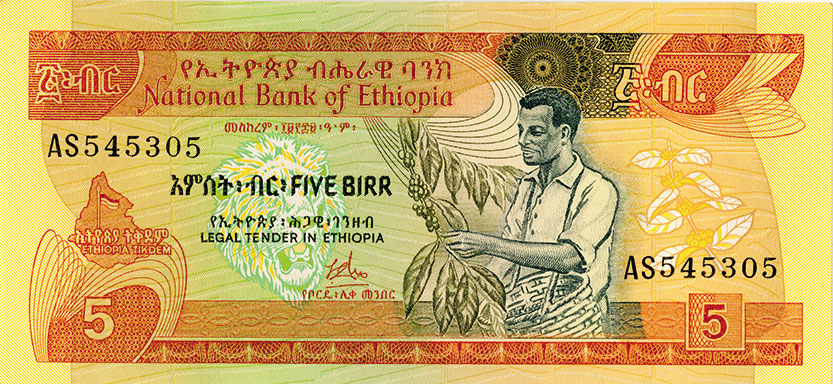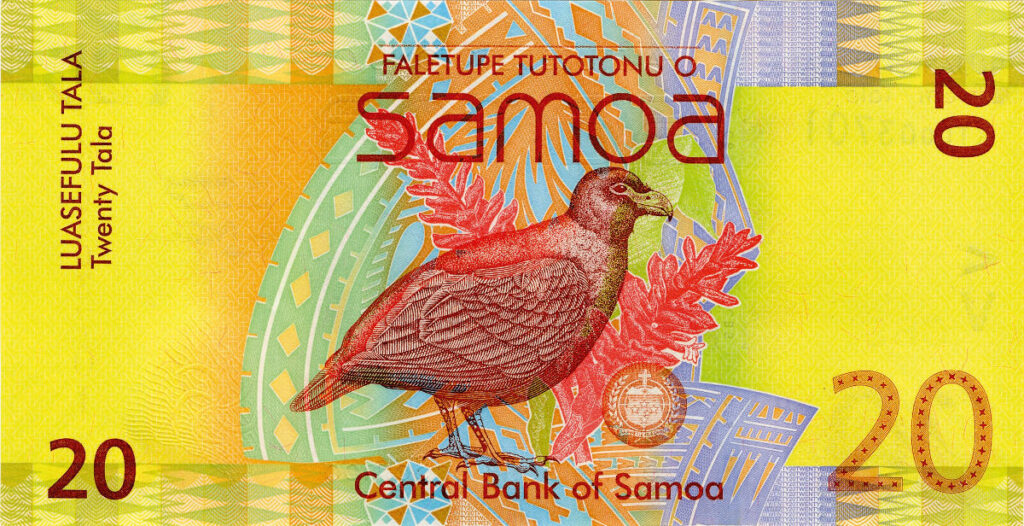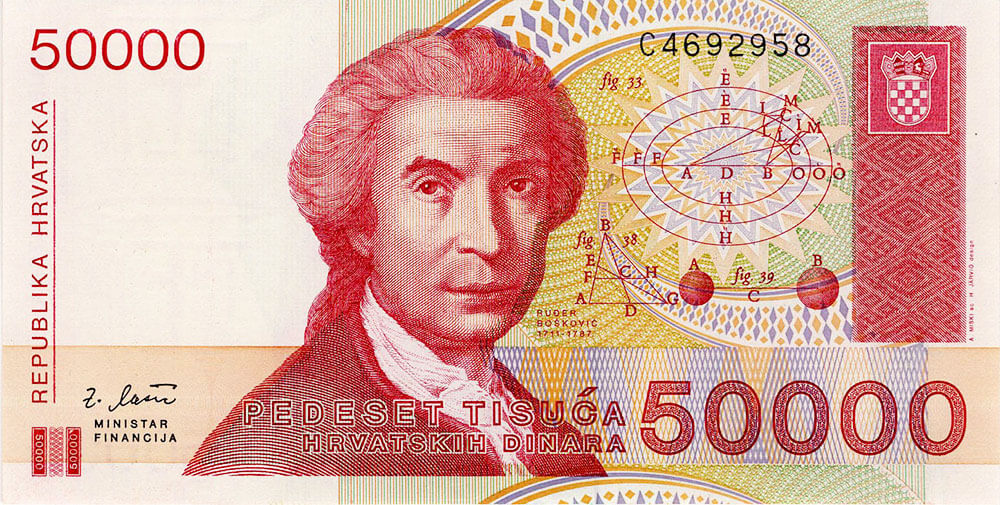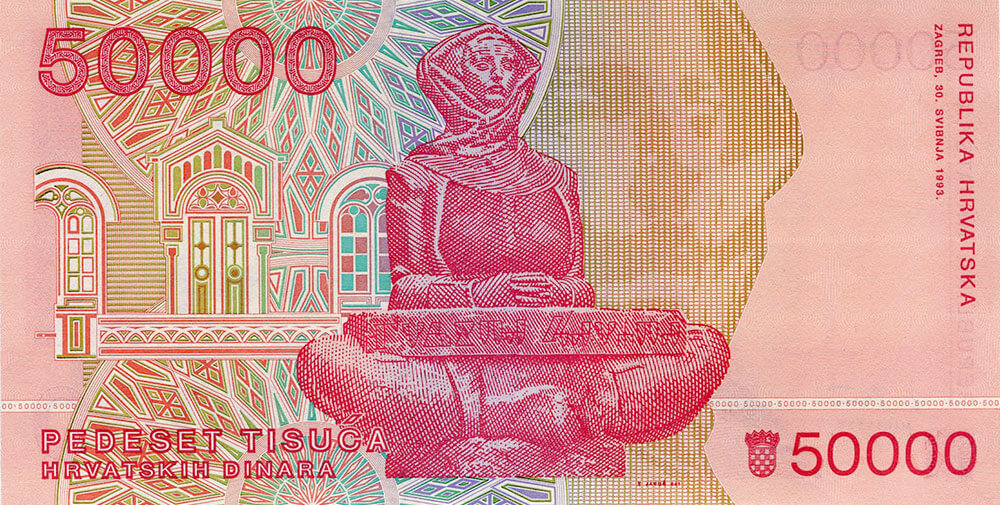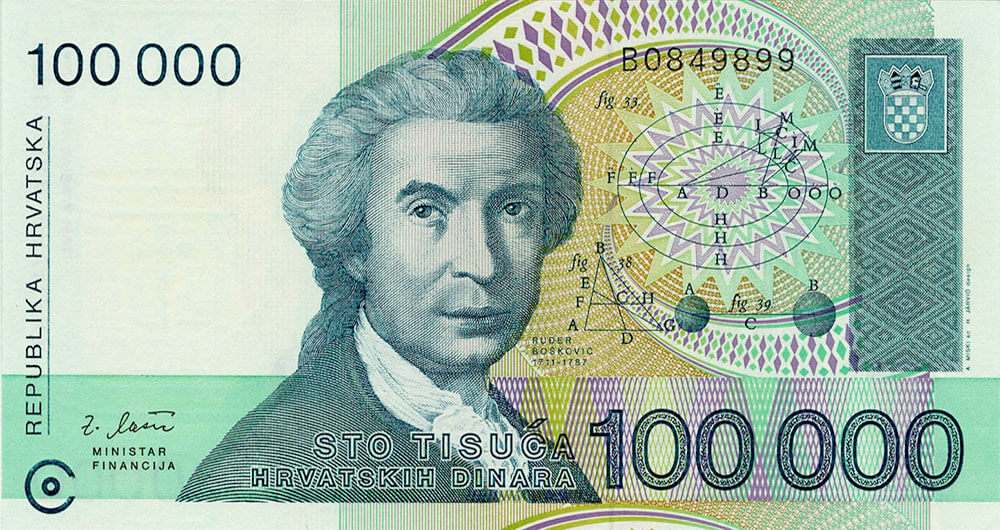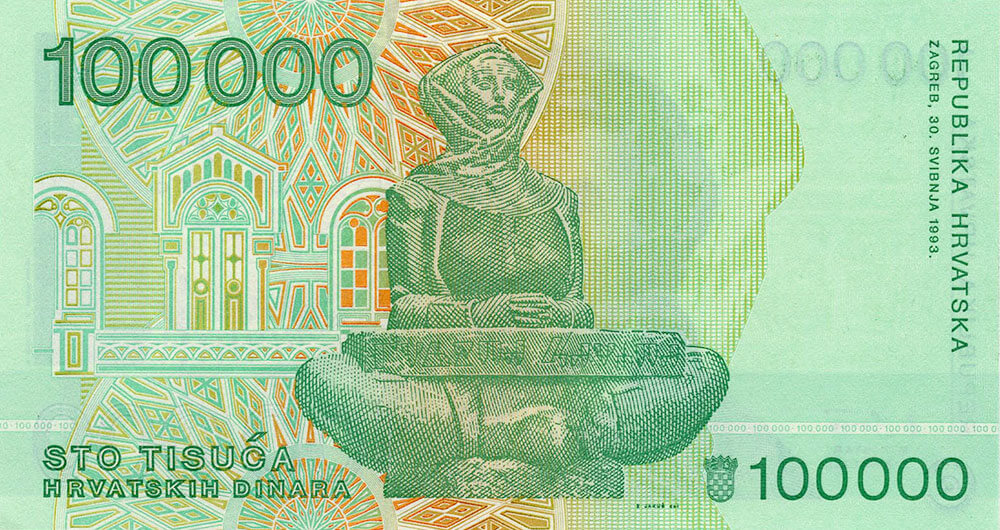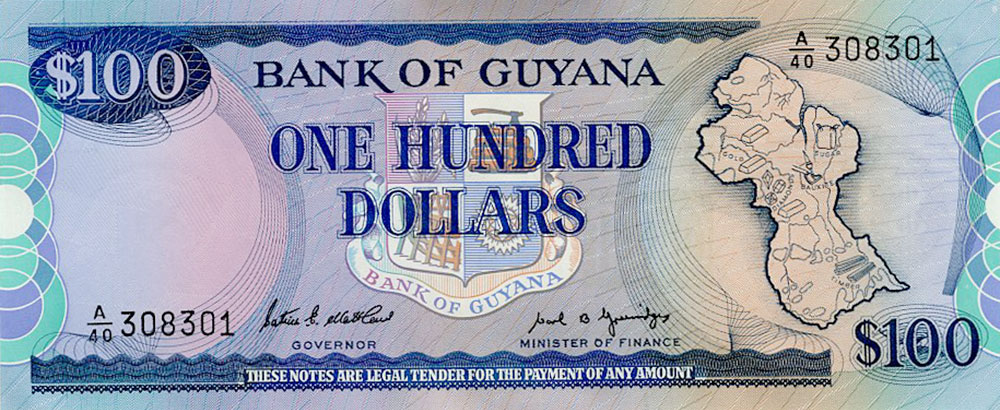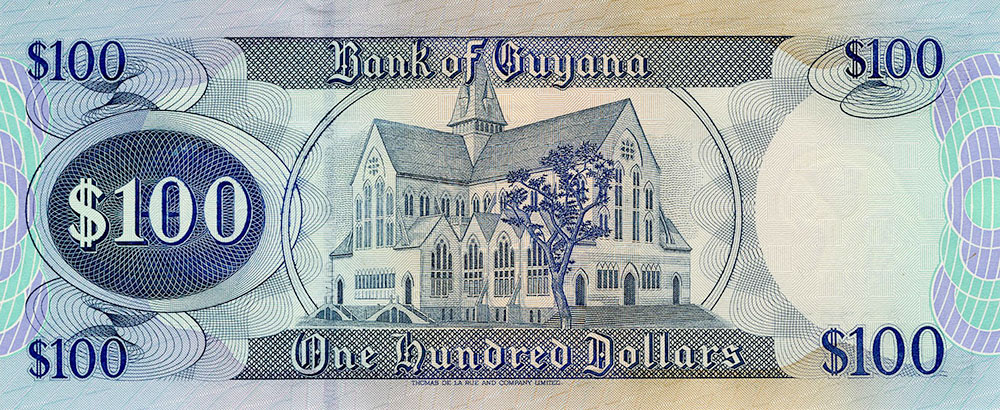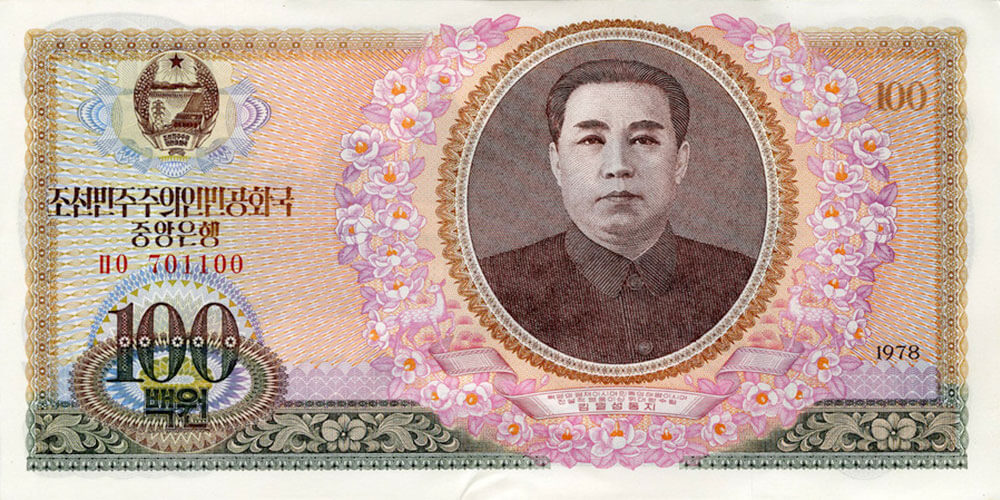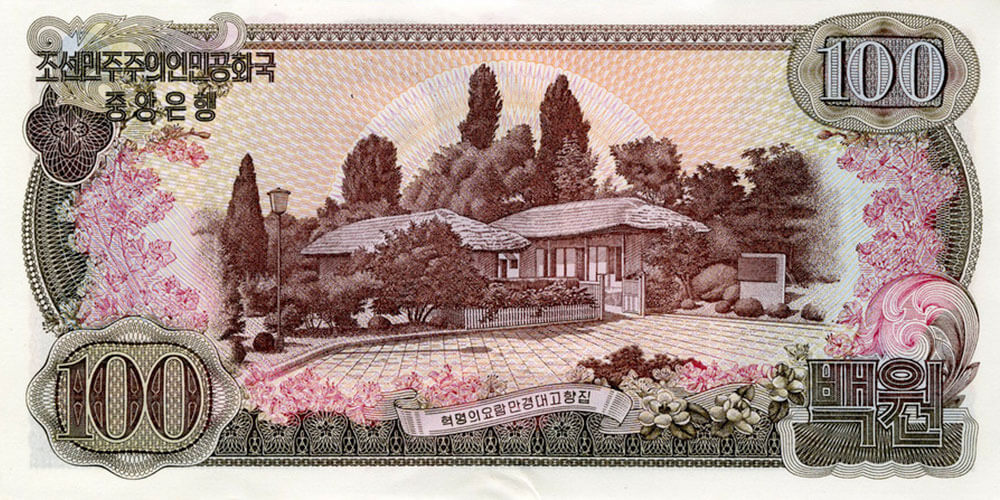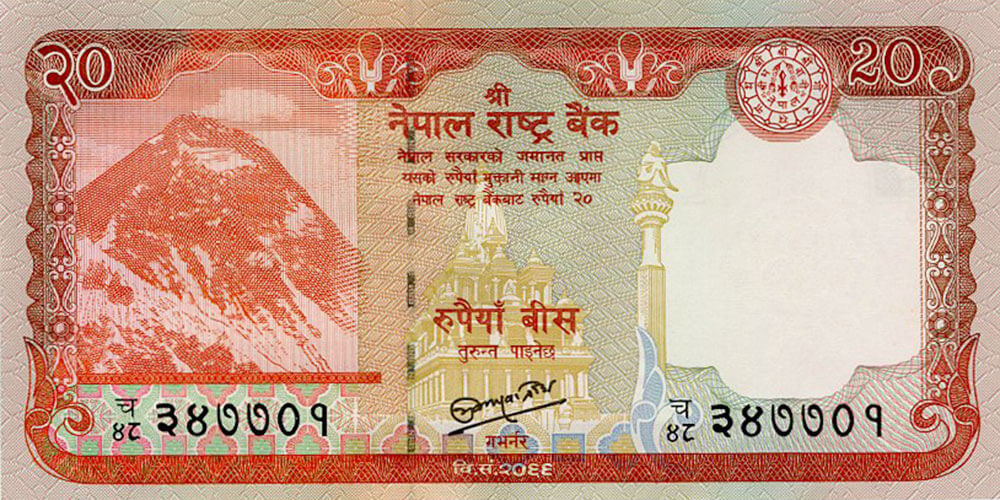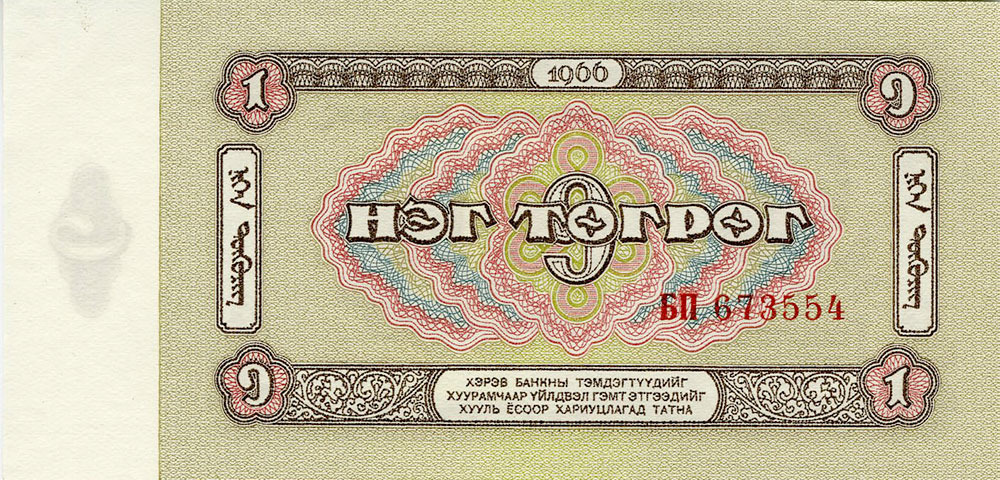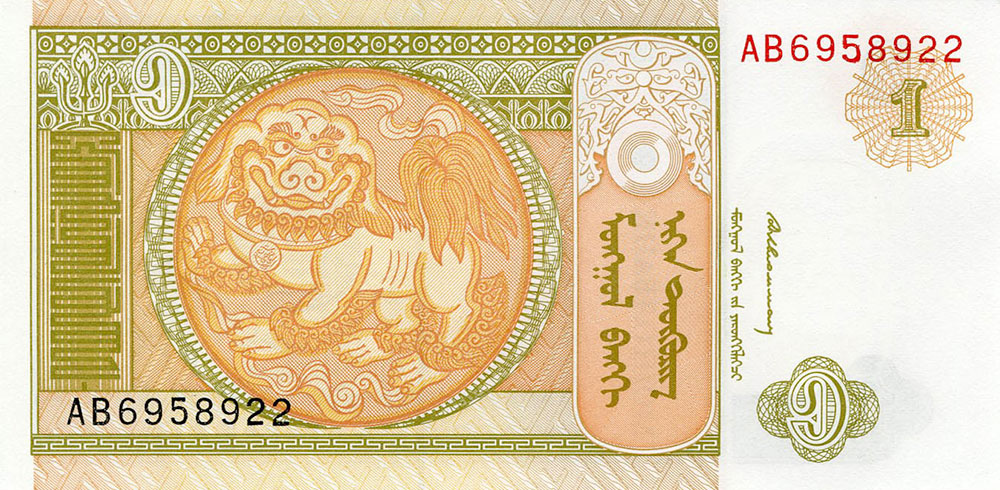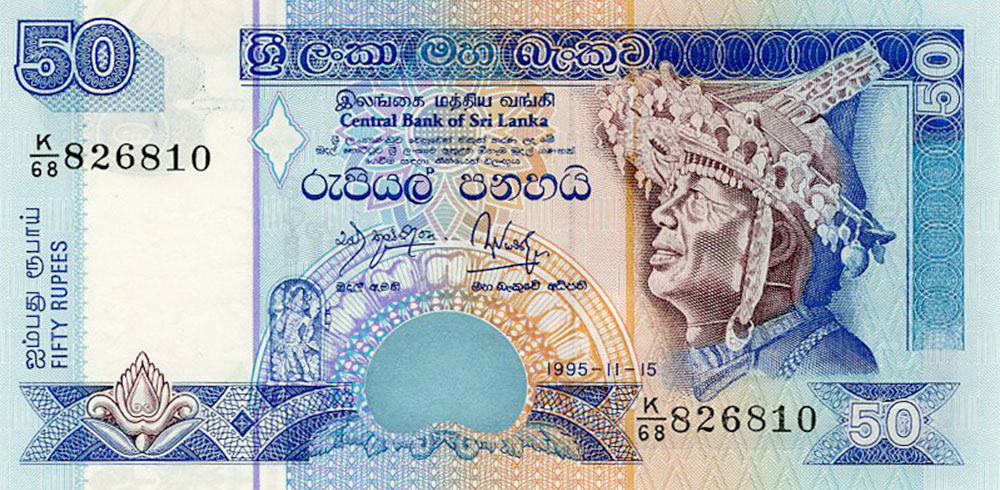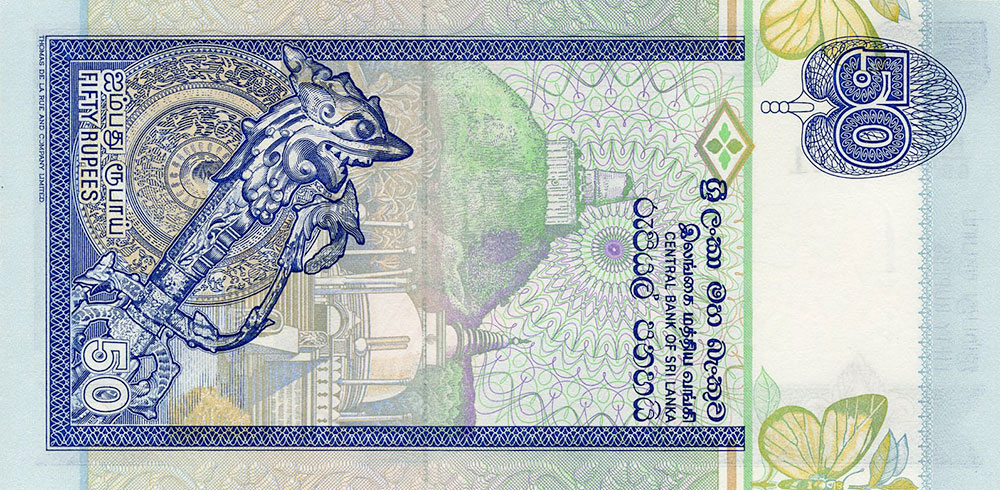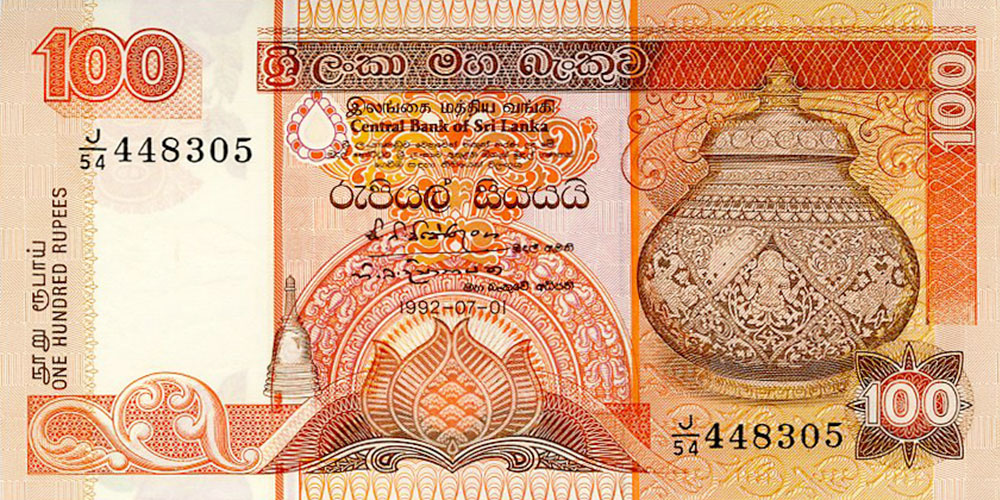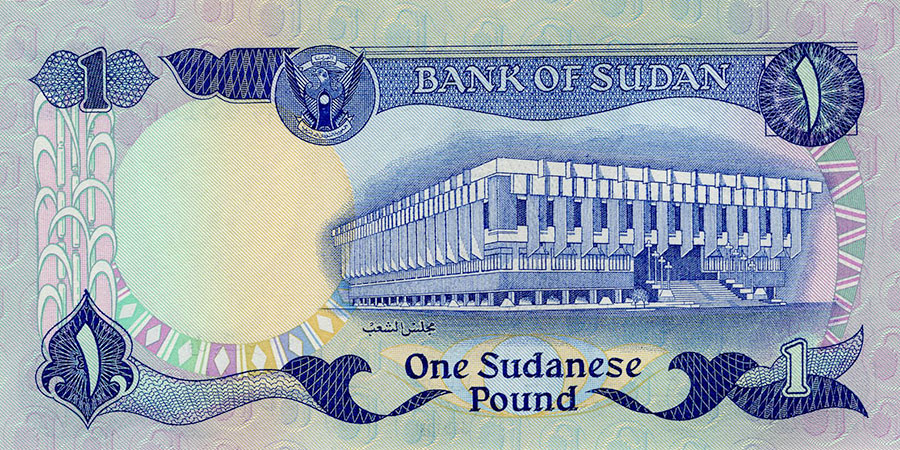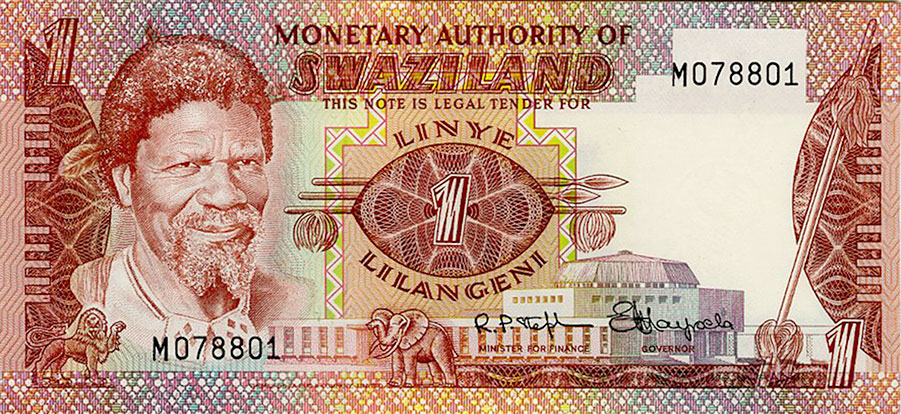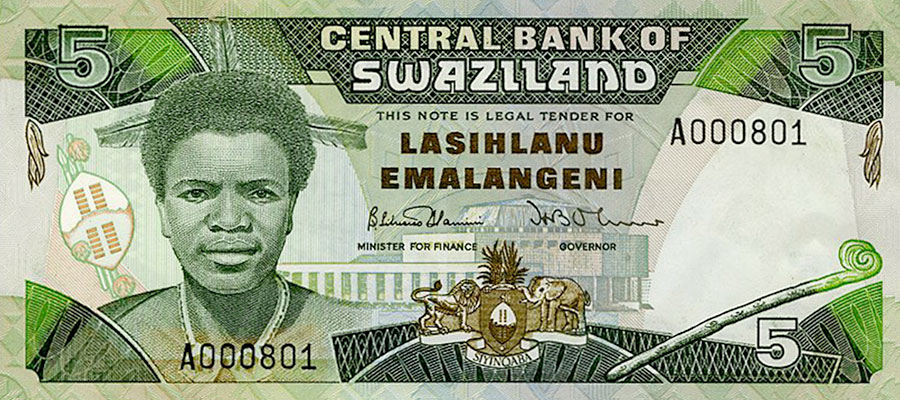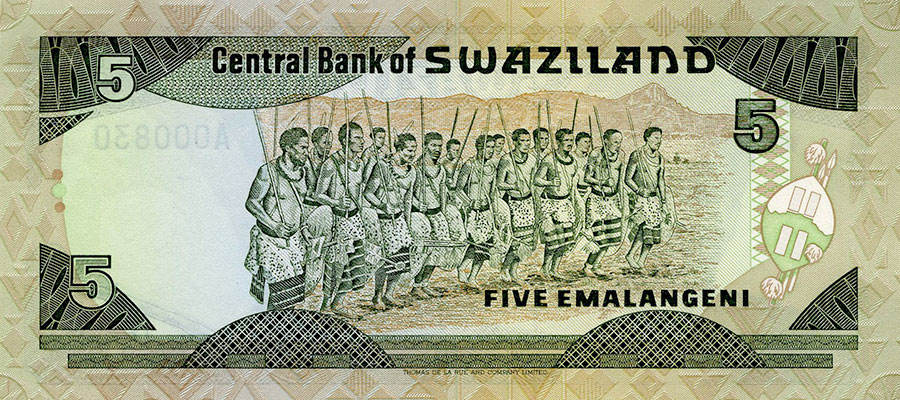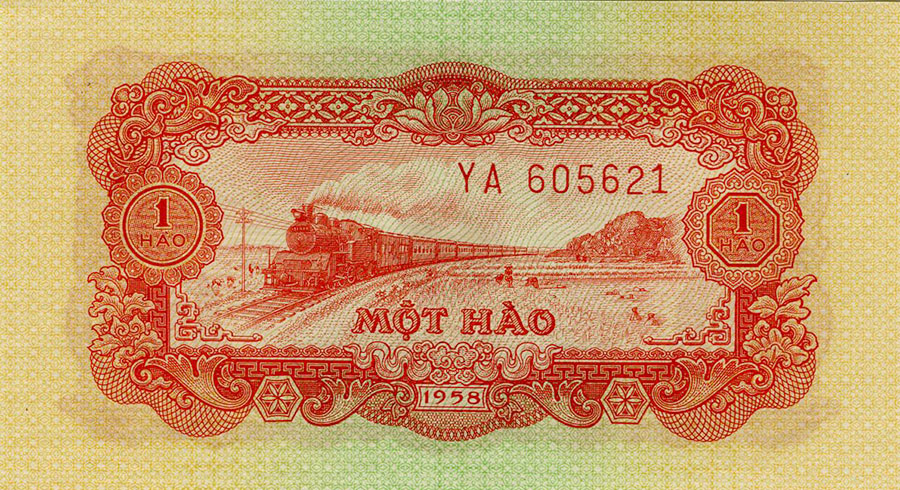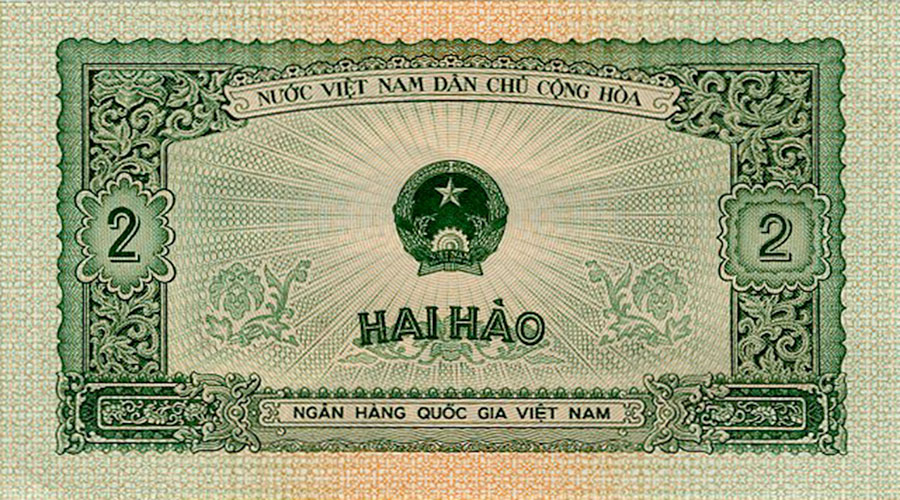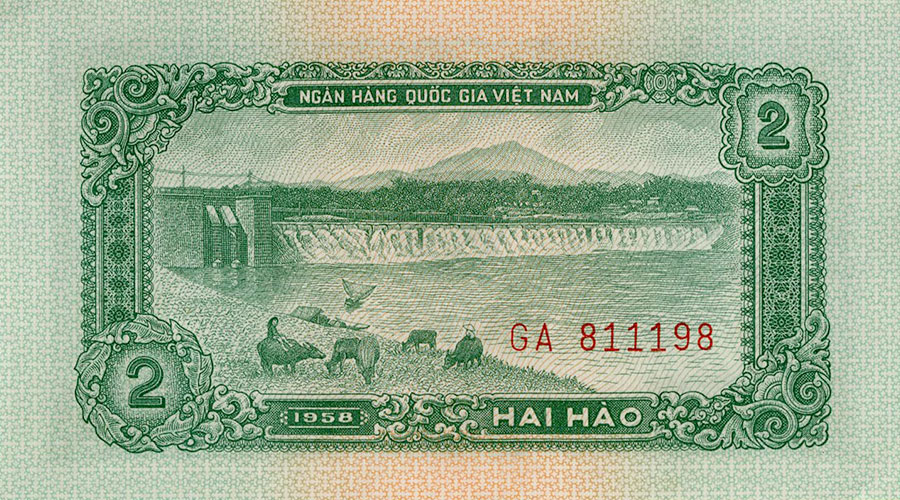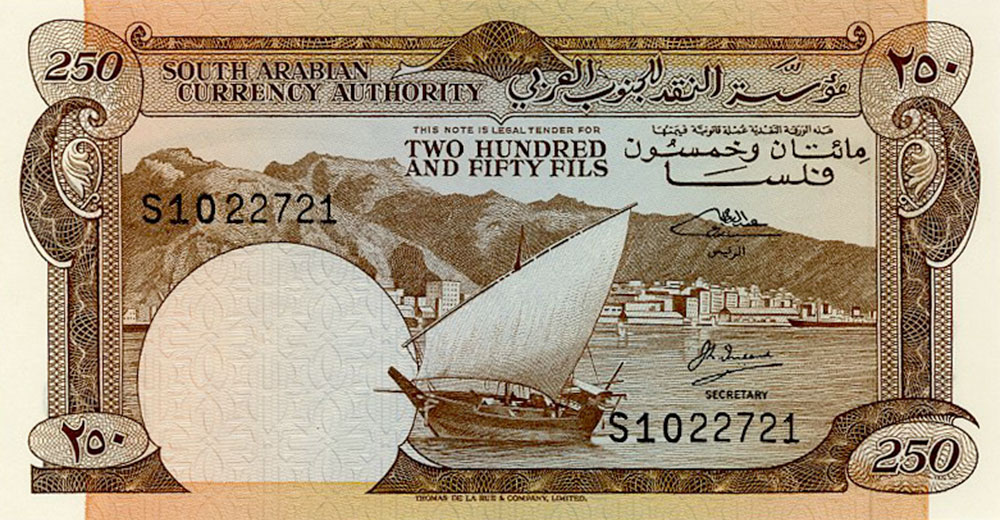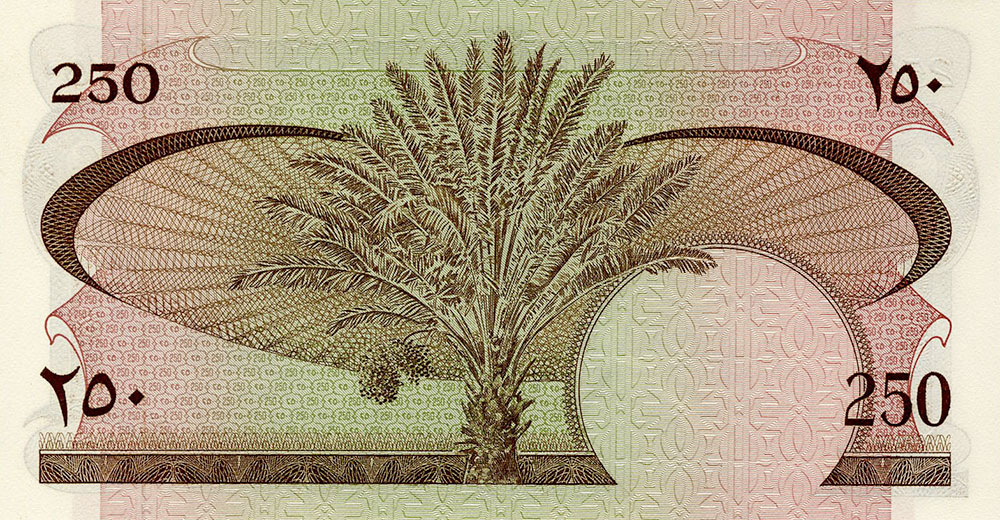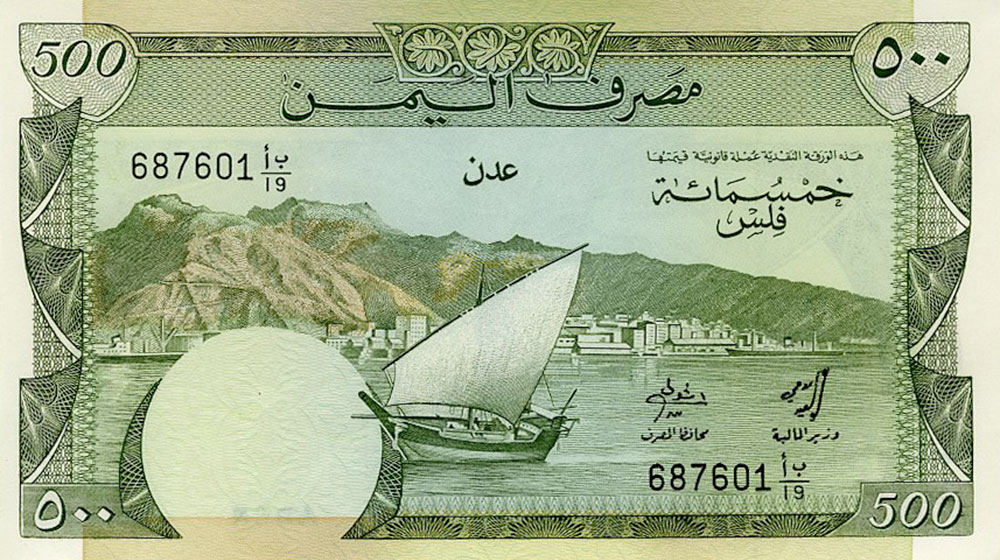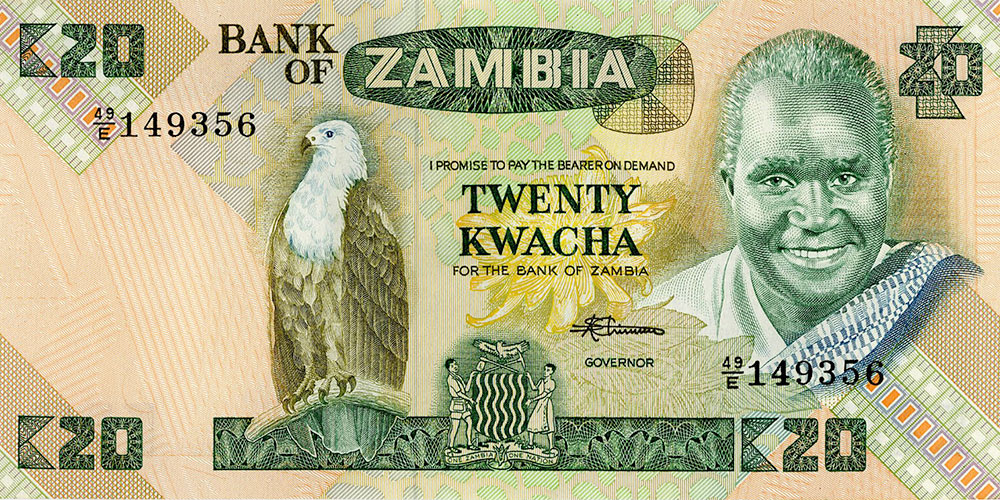During the last twenty years, public interest in collecting paper money has increased considerably. In particular, there is a lot of interest in banknotes of which the designs reflect the country’s character. Collectors’ preference goes to notes with subjects from nature. Notes with flowers and animals are very popular.
Here lies an opportunity for countries which have a rich flora and fauna.Collectors love notes with birds and butterflies, with elephants, rhinos, lions and tigers.
Occasionally manufacturers of consumer products have used banknotes as a premium -packed with every box of their particular product; if the note has. been a particularly beautiful it encourages the recipient to look for other beautiful notes and thereby becoming a collector, never having considered this before.
What makes a banknote a collector’s item?
In principle any banknote can become a collector’s item. In the case of more modern banknotes it is imperative that the note is brand new. This mean the same conditions as it arrived from the printing press — NO folds, creases, stains or crushed edges. ONLY when a banknote is in immaculate condition can it be considered as a collector’s item.
On examining a banknote it is best to do so by holding it under a good light, moving the note around so that it catches the light and shows up any marks, folds or creases, no matter how small or faint.
Who are collectors of banknotes?
- School children, students and teachers;
- Banking officials and insurance executives;
- Personnel working in the transport sector — especially aviation;
- The fine art sector
- These categories make up the highest proportion of collectors.
What makes a banknote collectable?
It would be extremely difficult to find a person who does not know what a bank note is in this day and age. Our modern society uses notes and coins as a means of exchange regardless ol the percentage of a country’s inflation. It is only on the rare occasion of a runaway inflation that banknotes are not accepted by the public and lose their significance as a means of payment.
The atmosphere and cultural heritage of a country is reflected in the pictures on its banknotes. These are often the embodiment of the superb expression of the artist who has managed to translate his deepest feelings into a picture which is handled daily by millions of people all over the country.
It is no wonder that increasing numbers of people are beguiled by these pieces of paper depicting age old landscapes and rare zoological species harmoniously blended with cyphers and monetary units unique to the country of origin.
What kinds of banknotes do collectors appreciate most?
The popularity of a banknote among the collecting public is determined by a number of factors, of which we have found that the following are the most important:
- The scene shown on the banknote, for instance: flowers, animals, scenes from nature, characteristic types of people, as well as trains, ships and airplanes.
- The size of the banknote. Medium and larger sized notes with a minimum dimension of 8 x 14 centimetres.
- The colours of the note. Surprisingly, we have found that red notes are always more popular, however any bright colour makes the note more attractive. Dull colours like grey do not attract much attention from the collector
- The printing process. Engraved banknotes are definitely preferred to the offset printed ones, particularly if the notes are engraved on both sides.
How can banknotes be stored?
Banknotes can be stored in different ways. The preferred method is a plastic wallet, or plastic pocketed album in order that the notes can be viewed easily without being handled and damaged. Notes of particular interest to collectors have been framed and in other instances large quantities of cheap notes have been used as wallpaper — decorating a special room devoted to their hobby.
Handling of banknotes
When our representative requests a small quantity of high denomination notes, it can be very helpful to remove the notes from the middle of the bundle – the edges of bundles often show creases, marks from rubber bands or other packing material, making the notes unsuitable for collectors. Banknotes for collectors require extremely careful handling and counting in order to avoid the slightest mark or damage to the paper.
Please keep in mind that the collector will keep the banknotes as a highly cherished treasure for a lifetime and therefore appreciates the extreme care taken in obtaining these in an immaculate condition — this means notes without ANY folds or creases.
Packing of banknotes
NEVER EVER use rubber bands or paper clips when packing banknotes. These materials leave marks and render the note unsuitable for collectors. Notes should be inserted into an envelope and the envelope secured in between two pieces of cardboard slightly larger than the size of the envelope, ensuring that the edges of the envelope are not touching the edges of the card — the notes should remain undamaged.
Our Picking Department: parcels are regularly sent to distributors in many different countries.

